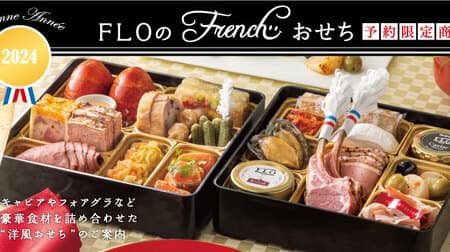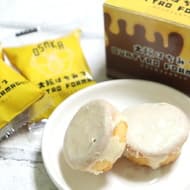As a result of the survey, 34% (38 people) had "taste power", while 66% (73 people) had "modern taste onchi" with low "taste power". It's hard to believe that more than half of the housewives are "taste-on-chi" ...
Next, compare whether there is a difference in the annual income of the husband between the wife with the upper rank and the wife with the lower rank in the "taste power" test. It turns out that there is a difference of 1.3 million yen in average annual income! This is because my wife, who has "tasteful power," values anniversaries and communication between husband and wife.
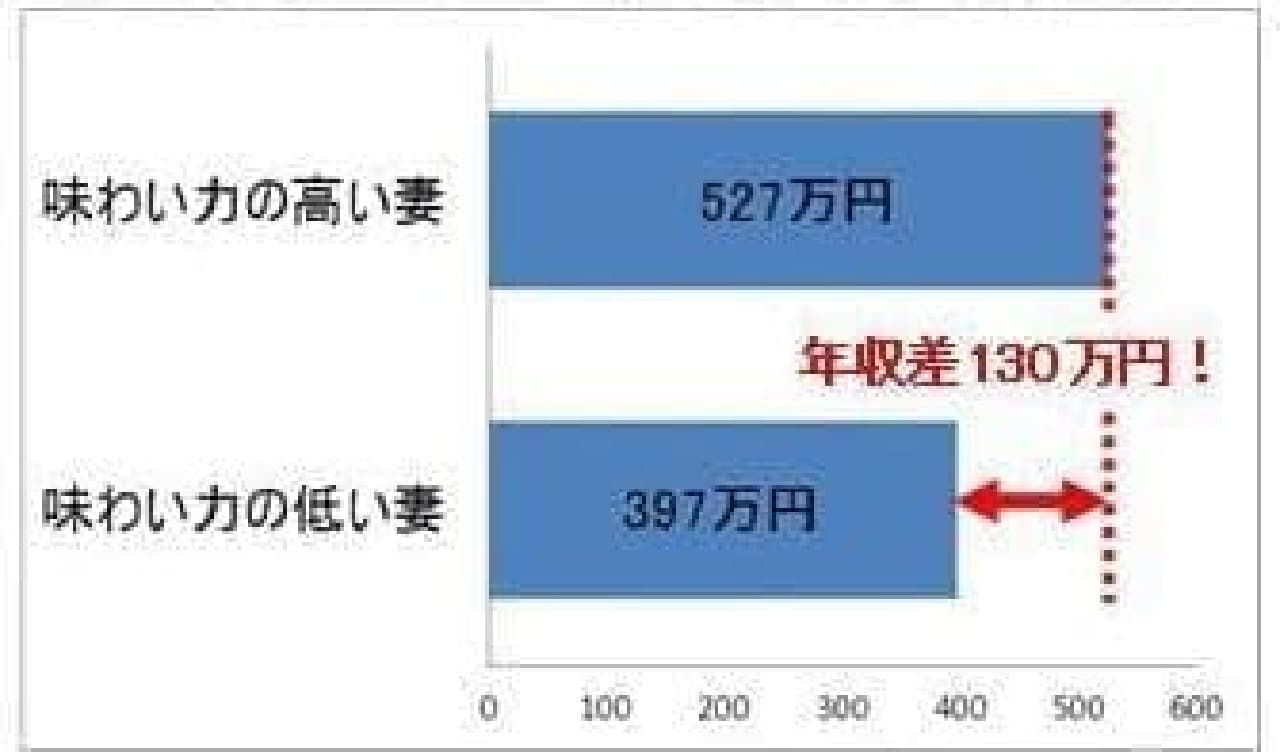
Difference in average annual income of husbands (wife of "taste" owner vs wife of "modern taste onchi")
Furthermore, when "modern taste onchi" is classified by type, "expression solid type" (16.2% / 18 people), "unbalanced diet one pattern type" (22.5% / 25 people), "careless type" (27% / 30 people) ) Seems to be divided into three types. The most common "careless type" taste onchi is "the type that eats only to fill the stomach". "Taste onchi" wife is all-you-can-eat ...
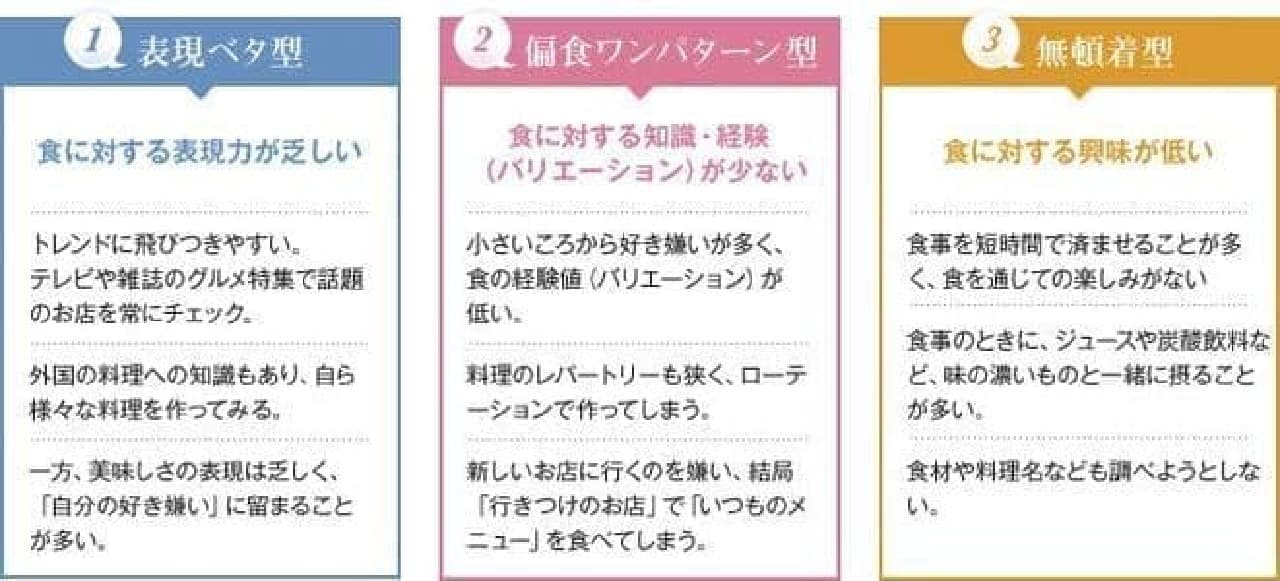
3 types of "modern taste onchi"
However, there seems to be a way to improve such "modern taste onchi". It is a method such as "being aware of the ingredients and seasonings used when eating out" and "thinking about the combination of food and drink in daily meals".
The Takahashi Shuzo website publishes check sheets that allow you to determine the type of "modern taste onchi" and training methods for each type, so why not give it a try?
![2024 FUKU BUKURY] "UHA AJIKAKU GASAKU Candy 83 kinds of assorted sweets" The strongest volume of "UHA AJIKAKU GASAKU Candy 83 kinds of assorted sweets"! This year, we have 83 kinds of sweets + a lucky number.](https://image.entabe.jp/upload/articles/55953/acc3b61aeb4276b095f3e82e05cde06c_special.jpg)



![LOTTE "Kodawari Fruits [& Lemon]" "Kodawari Fruits [& Strawberry]" Japanese-born "Ita Gum" to go on sale November 21](https://image.entabe.jp/upload/articles/55770/acc3b61aeb4276b095f3e82e05cde06c_special.jpg)

![Includes one limited edition glitter sticker for "Limited Time Only Cheeky Cup Soup [Spinach Potage]" and "Limited Time Only Cheeky Cup Soup [Demon Spicy Curry Soup]"!](https://image.entabe.jp/upload/articles/55705/825ff2d8c215d85ba7179f91fe918ab6_special.jpg)
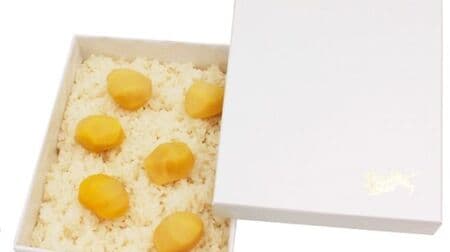
![Lotte "Fit's [Grape Mix]", "Fit's [Refreshing Citrus]", "Fit's [Original Mint]".](https://image.entabe.jp/upload/articles/55663/acc3b61aeb4276b095f3e82e05cde06c_special.jpg)
